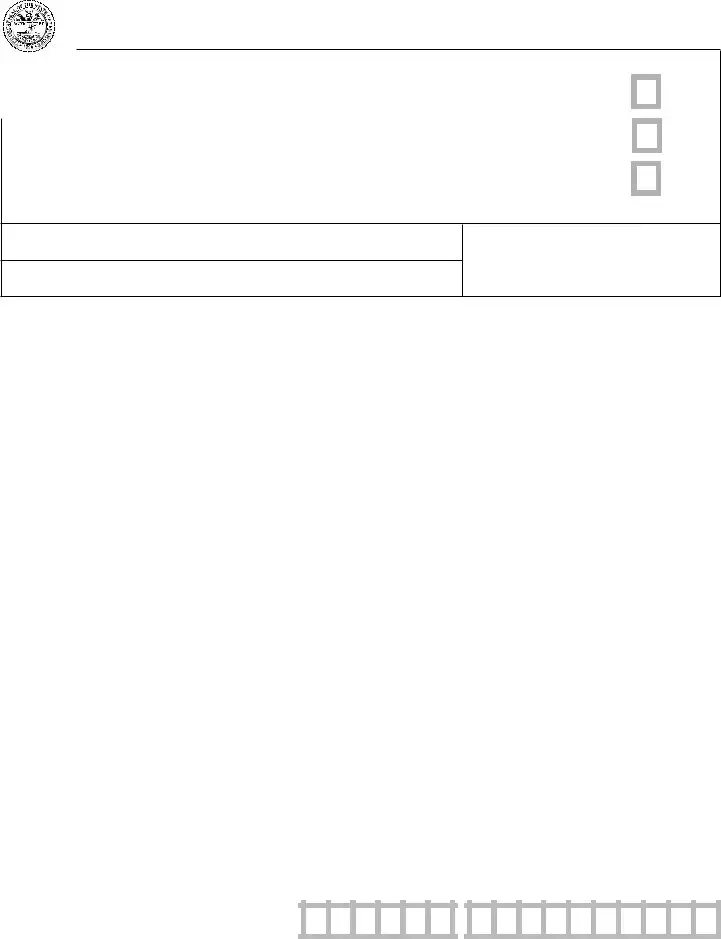The 450 Tennessee form, designed for state and local sales and use tax returns, shares commonalities with several other tax-related documents, each tailored to specific fiscal responsibilities and reporting requirements. One such document is the Form 1040 used for federal individual income tax returns. Like the 450 Tennessee form, the Form 1040 collects detailed income information, calculates owed taxes, and identifies any applicable deductions or credits, ensuring individuals comply with federal tax obligations.
Another comparable document is the Uniform Sales & Use Tax Exemption/Resale Certificate, Multi-Jurisdiction. This certificate allows businesses to purchase goods tax-free that will be resold, similar to the resale exemption sections on the 450 Tennessee form. Both forms require businesses to declare their intention to resell purchased goods, preventing double taxation by exempting these transactions from sales tax.
The Schedule C (Form 1040) document, used by sole proprietors to report profits or losses from a business, also parallels the 450 Tennessee form’s function. It deals with business income, similar to how the Tennessee form deals with business sales, allowing for the detailing of income, expenses, and applicable deductions to accurately report business performance.
Comparable in its domain is the Form W-2, which employers use to report employee income and withholdings to the federal government. Although it focuses on payroll, the W-2 shares the 450 Tennessee form's objective of reporting financial transactions to taxation authorities, ensuring accurate taxation based on reported figures.
The Value Added Tax (VAT) Return is another analogous document but for international use, particularly in countries that use VAT instead of sales tax. Much like the 450 Tennessee form, it details taxable sales and purchases, allowing businesses to report the amount of VAT they have collected and are accountable to remit to the government.
State Unemployment Tax Act (SUTA) reporting forms, while focusing on unemployment contributions rather than sales tax, mirror the Tennessee document in structure. They require employers to report wages paid to workers, calculate taxes due, and submit this financial information to state authorities.
Excise Tax Forms, used for reporting taxes on specific goods like alcohol, tobacco, and fuel, share the Tennessee form’s specific focus on sales and use but within specialized sectors. Both document types require the reporting of sales amounts and the calculation of taxes due based on those sales.
Lastly, the Business Personal Property Tax Forms, required by various localities, necessitate businesses to list the value of all non-real estate assets. Similar to the 450 Tennessee form, these forms help local governments assess the tax based on the reported value of business property, aiming to tax the use or ownership of such properties.
Each of these documents, while serving unique tax reporting needs, collectively underscores the broad spectrum of taxation from individual income to specific business transactions. The 450 Tennessee form encapsulates a vital fragment of this spectrum, focusing on sales and use tax within the state, reflecting the diverse nature of tax obligations businesses and individuals must navigate.

